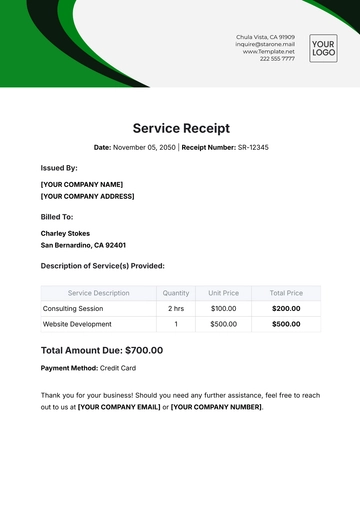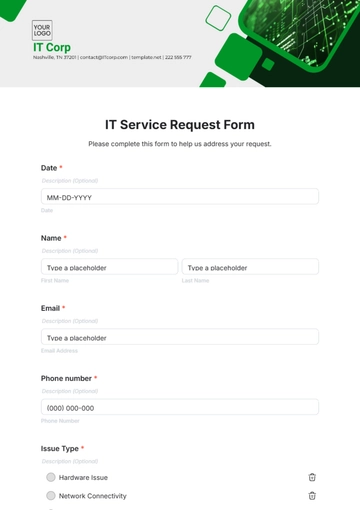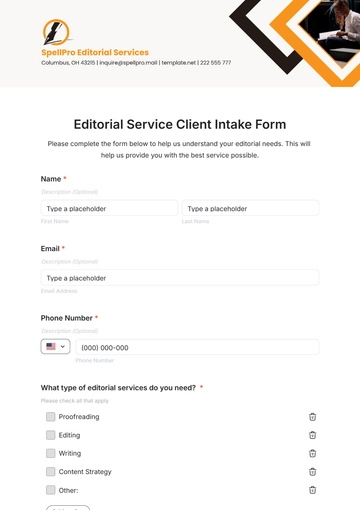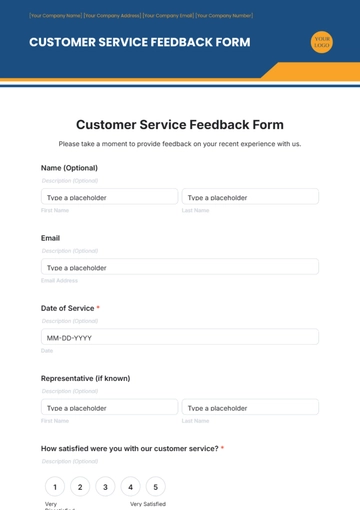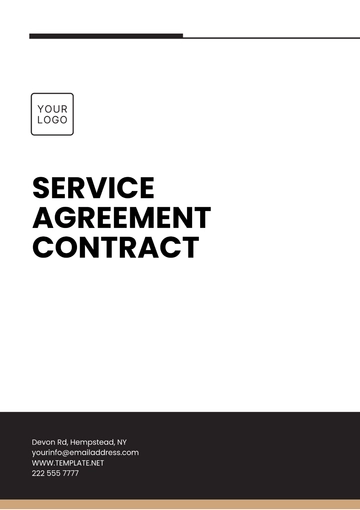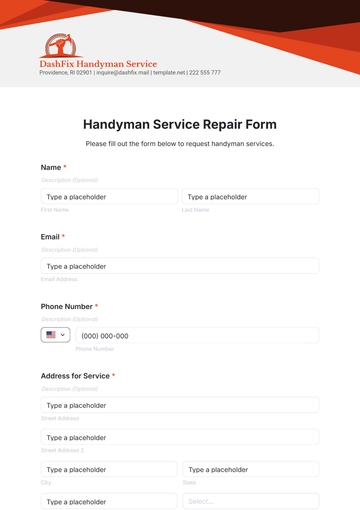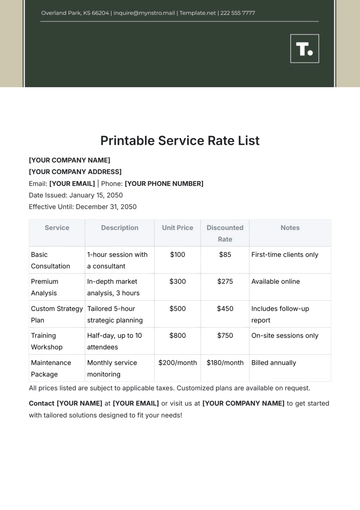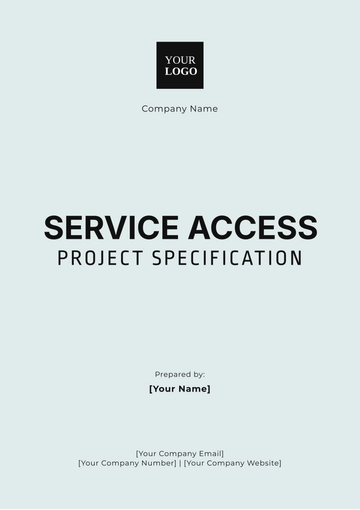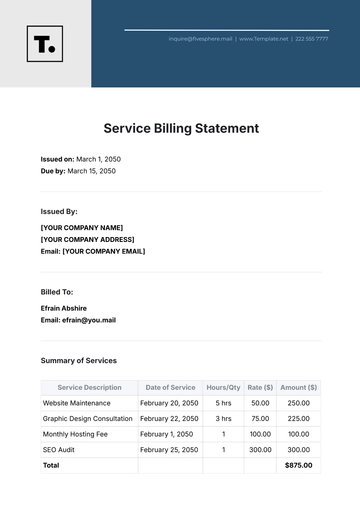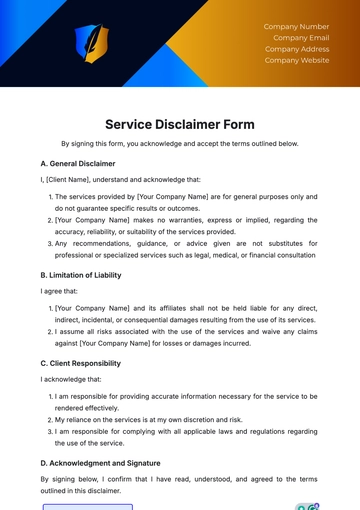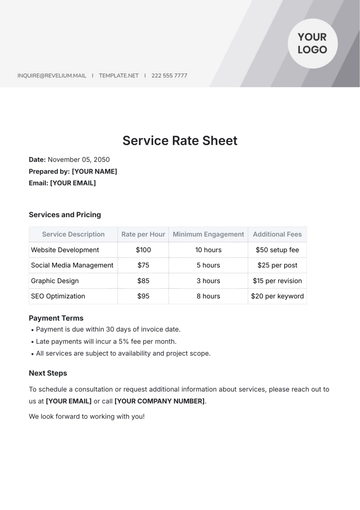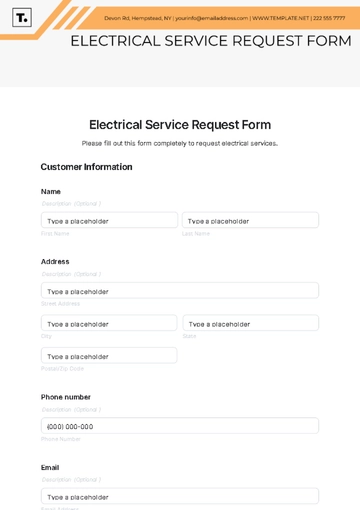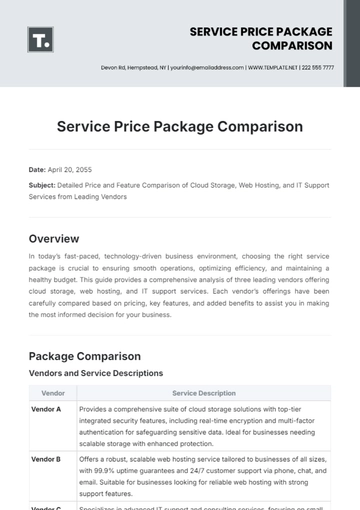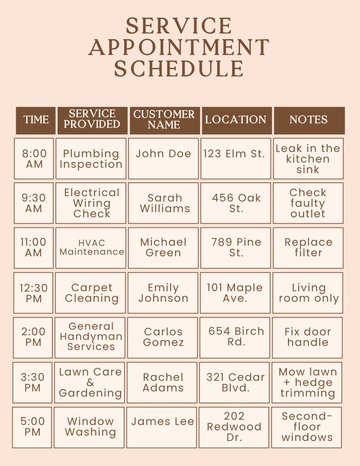Free Cleaning Services Crisis Management Procedure for Leaders

A. Introduction
In the dynamic landscape of the cleaning services industry, unforeseen crises can emerge at any moment, ranging from equipment malfunctions to public health emergencies. This comprehensive procedure provides a holistic framework for leaders to navigate such challenges effectively. By adopting proactive measures and strategic planning, leaders can mitigate risks and uphold the integrity of their cleaning services operations. Through meticulous preparation and swift response strategies, this procedure aims to empower leaders to safeguard the well-being of their employees, maintain continuity of operations, and uphold the trust of clients and stakeholders amidst crises.
In adherence to US laws and standards, this procedure incorporates best practices tailored to the unique demands of the cleaning services sector. With a focus on compliance and resilience, leaders can confidently navigate crises, uphold regulatory requirements, and emerge stronger in the face of adversity.
B. Scope of the Procedure
In alignment with industry standards and regulatory requirements in the United States, this comprehensive plan encompasses the vital components of crisis management within the cleaning services sector. From proactive preparedness to post-crisis evaluation, every facet is meticulously addressed to ensure leaders are equipped with the necessary tools and strategies to navigate crises effectively.
1. Preparedness and Planning
a. Identification of Potential Risks:
Conduct thorough risk assessments to identify potential crises specific to the cleaning services industry.
Consider factors such as equipment failure, accidents, natural disasters, and public health emergencies.
b. Development of Crisis Management Protocols:
Establish detailed protocols and procedures for various types of crises, outlining step-by-step response strategies.
Define the roles and responsibilities of a dedicated crisis management team to ensure efficient coordination during emergencies.
2. Communication Protocols
a. Internal Communication:
Establish clear channels for communication among staff members to ensure rapid dissemination of information during crises.
Designate a central point of contact for internal communications and provide guidelines for sharing updates and instructions.
b. External Communication:
Define protocols for communicating with clients, suppliers, regulatory authorities, and other external stakeholders.
Appoint an official spokesperson to ensure consistent and accurate messaging to external parties.
3. Risk Assessment and Response
a. Swift Assessment of Crisis Severity:
Develop procedures for quickly assessing the severity and impact of a crisis to determine the appropriate response.
Implement tools and mechanisms for real-time monitoring of crisis situations to facilitate informed decision-making.
b. Allocation of Resources:
Establish guidelines for prioritizing resource allocation based on the urgency and severity of the crisis.
Ensure the availability of necessary resources, such as personnel, equipment, and supplies, to support crisis response efforts.
4. Continuity of Operations
a. Contingency Planning:
Develop comprehensive contingency plans to ensure the continued operation of essential cleaning services during crises.
Identify alternative suppliers, equipment, and facilities to minimize disruptions to service delivery.
b. Remote Work Options:
Implement remote work arrangements and flexible scheduling where feasible to maintain operational continuity while ensuring employee safety.
5. Employee Safety and Well-being
a. Prioritization of Employee Safety:
Establish protocols for ensuring the safety and well-being of cleaning staff during emergencies, including training on emergency response procedures and the use of personal protective equipment (PPE).
Provide access to support services, such as counseling and assistance programs, to address the psychological and emotional needs of employees affected by the crisis.
6. Client Relations and Service Delivery
a. Transparent Communication:
Maintain open and transparent communication with clients regarding the status of cleaning services and any disruptions caused by the crisis.
Offer alternative solutions or temporary arrangements to minimize the impact on client operations and satisfaction.
b. Documentation of Agreements:
Document all agreements and decisions made with clients during the crisis to ensure accountability and facilitate future reference and evaluation.
7. Post-Crisis Evaluation and Improvement
a. Comprehensive Evaluation:
Conduct a thorough review of the company's response to the crisis, identifying strengths, weaknesses, and areas for improvement.
Gather feedback from stakeholders, including employees, clients, and suppliers, to gain insights into the effectiveness of crisis management efforts.
b. Enhancement of Resilience:
Update crisis management plans and protocols based on lessons learned from the crisis to enhance the company's resilience and preparedness for future incidents.
Implement measures to improve communication, resource allocation, and decision-making processes to strengthen the company's ability to respond to crises effectively.
C. Preparedness and Planning
In this crucial phase, the cleaning services company conducts a comprehensive assessment of potential risks to its operations, employees, clients, and stakeholders. This assessment serves as the foundation for developing robust strategies and protocols to effectively mitigate and manage various potential crises.
1. Risk Assessment
a. Identify Potential Risks
Analyze the cleaning services industry's specific risks, including equipment malfunction, accidents, natural disasters, and public health emergencies.
Consider the geographical location, clientele, and operational scale to determine unique risk factors.
b. Evaluate Impact and Likelihood
Assess the potential impact of identified risks on the company's operations, financial stability, reputation, and compliance with regulations.
Determine the likelihood of occurrence for each risk based on historical data, industry trends, and expert insights.
2. Crisis Management Strategies
a. Develop Response Protocols
Formulate detailed strategies and protocols for responding to various potential crises, tailored to the specific nature and severity of each scenario.
Establish clear escalation procedures and decision-making frameworks to facilitate swift and effective crisis response.
b. Test and Refine Strategies
Conduct regular drills, simulations, or tabletop exercises to test the effectiveness of crisis management strategies and identify areas for improvement.
Solicit feedback from participants and stakeholders to refine protocols and enhance preparedness.
3. Formation of Crisis Management Team
a. Identify Key Personnel
Designate individuals with relevant expertise, experience, and authority to serve on the crisis management team.
Ensure representation from diverse departments or functional areas to facilitate comprehensive decision-making.
b. Define Roles and Responsibilities
Clearly outline the roles and responsibilities of each member of the crisis management team, including their specific duties before, during, and after a crisis.
Establish communication channels and reporting structures to enable seamless coordination and collaboration among team members.
D. Communication Protocols
In times of crisis, effective communication is paramount to ensure timely dissemination of information and maintain transparency with stakeholders. This section outlines clear channels of communication and procedures for information sharing within the cleaning services company, along with the designation of an official company spokesperson.
Communication Objective | Protocol |
|---|---|
Internal Communication | Utilize company-wide email distribution lists for urgent announcements and updates. |
Establish a dedicated communication platform (e.g., Slack) for real-time messaging among employees. | |
External Communication | Designate a central point of contact for external inquiries and media relations. |
Issue official press releases through approved channels to provide accurate information to the public. | |
Designation of Spokesperson | Appoint a senior executive or communications professional as the official company spokesperson. |
Communicate the spokesperson's contact information to stakeholders for inquiries and interviews. |
Effective communication protocols ensure that vital information is disseminated swiftly and accurately, enhancing the company's ability to manage crises and maintain trust with stakeholders.
E. Risk Assessment and Response
In anticipation of potential crises, it is imperative to establish structured procedures for swiftly assessing and responding to emergent situations within the cleaning services company. This section outlines a six-step Budgeting and Planning procedure to effectively allocate resources and prioritize tasks during crisis response efforts.
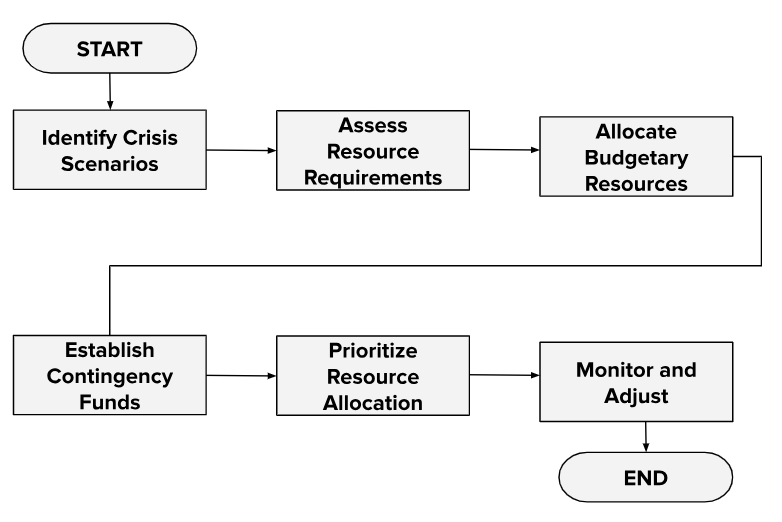
Identify Crisis Scenarios
Conduct a thorough review of potential crisis scenarios, considering factors such as severity, frequency, and impact on operations.
Assess Resource Requirements
Determine the resources, including personnel, equipment, and supplies, needed to address each crisis scenario effectively.
Allocate Budgetary Resources
Allocate budgetary resources based on the assessed needs and priorities for crisis response and recovery efforts.
Establish Contingency Funds
Set aside a portion of the budget as contingency funds to address unforeseen expenses or resource requirements during crises.
Prioritize Resource Allocation
Develop guidelines for prioritizing resource allocation, considering factors such as the urgency of response tasks and the criticality of affected areas.
Monitor and Adjust
Regularly monitor budgetary expenditures and resource utilization during crisis response efforts.
F. Continuity of Operations
In preparation for potential crises, the cleaning services company implements contingency plans to ensure sustained operations. Key components include:
Alternative Suppliers
Identify and establish relationships with backup suppliers for essential cleaning supplies and materials.
Equipment Redundancy
Maintain spare equipment or arrange rental options to minimize downtime in case of equipment failure.
Facility Alternatives
Identify alternative workspaces or facilities to continue operations if primary locations are inaccessible.
Remote Work Options
Implement remote work arrangements for administrative staff to maintain essential functions.
G. Employee Safety and Well-being
As part of its commitment to employee welfare, the cleaning services company prioritizes the establishment of robust processes and support systems to safeguard the safety and well-being of its workforce during emergencies. By providing comprehensive training and access to supportive services, the company aims to empower employees to effectively respond to crises and mitigate risks to their health and safety.
Safety and Well-being Processes | Description |
|---|---|
Emergency Response Training | Emergency Response Training |
Provide hands-on training in the use of emergency equipment, such as fire extinguishers and first aid kits. | |
Supportive Services | Offer access to counseling services and employee assistance programs to support mental and emotional well-being. |
Provide resources and guidance on maintaining physical health and safety practices during emergencies. |
H. Client Relations and Service Delivery
Maintaining transparent communication with clients is essential during times of crisis for the cleaning services company. Regular updates on the status of services, any disruptions, and proposed alternatives where possible are crucial for maintaining trust and satisfaction. Additionally, documenting all agreements and decisions ensures accountability and provides a reference point for future interactions.
By prioritizing client relations and service delivery, the company demonstrates its commitment to meeting client needs even amidst challenging circumstances, fostering long-term relationships and enhancing its reputation in the industry.
I. Post-Crisis Evaluation and Improvement
After the resolution of a crisis, it is imperative for the cleaning services company to conduct a comprehensive evaluation of its crisis response strategy. This evaluation serves to identify areas of strength, weaknesses, and opportunities for improvement, ensuring that the company is better prepared to handle future crises effectively.
1. Review of Crisis Response Strategy
Evaluate the effectiveness of the implemented crisis management protocols and procedures in addressing the crisis.
Assess the timeliness and adequacy of response actions taken by the crisis management team.
2. Identification of Strengths and Improvement Areas
Identify areas of the crisis response strategy that performed well and contributed to successful outcomes.
Identify weaknesses or gaps in the response strategy that hindered effective crisis management.
3. Update of Crisis Management Strategy
Incorporate lessons learned from the post-crisis evaluation into the crisis management strategy.
Revise protocols, procedures, and guidelines to address identified weaknesses and improve overall crisis preparedness.
J. Additional reminders and Tips
Ensuring the safety and well-being of employees remains paramount in every aspect of crisis management within the cleaning services company. Clear and timely communication is key to maintaining transparency and trust with stakeholders. Moreover, embracing a culture of continuous improvement by learning from past incidents strengthens the effectiveness of the crisis management plan and enhances overall preparedness for future challenges.
Always prioritize employee safety and well-being.
Keep communication concise, clear, and timely.
Learn from each incident to continuously improve the crisis management plan.
- 100% Customizable, free editor
- Access 1 Million+ Templates, photo’s & graphics
- Download or share as a template
- Click and replace photos, graphics, text, backgrounds
- Resize, crop, AI write & more
- Access advanced editor
Equip your leaders for challenges with the Cleaning Services Crisis Management Procedure for Leaders Template from Template.net. This editable and customizable template provides a structured approach to navigating crises, ensuring your team can respond swiftly and effectively. Editable in our Ai Editor Tool, it's essential for maintaining operations and safeguarding your brand during unexpected events.

